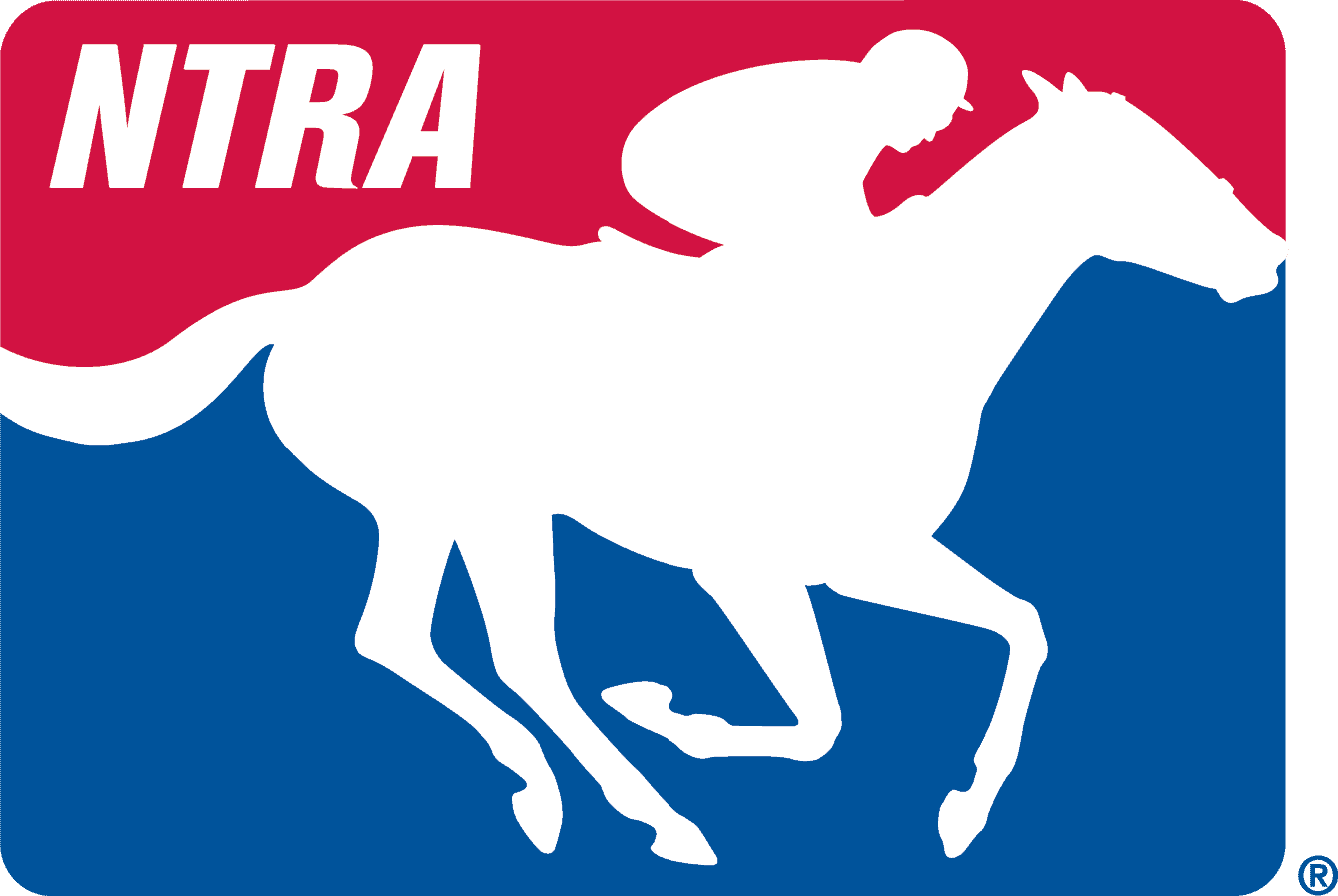Though Thoroughbreds often retire from racing at a young age, their careers are far from over! These talented animals are prime candidates for work as leisure riding horses, show horses, police horses, polo horses, therapy horses, and loving companions. Transitioning horses from racing to retirement or to second careers is the mission of several outstanding organizations in the industry, such as those described below. Other aftercare organizations include the Retired Racehorse Project, Thoroughbred Charities of America, and the Thoroughbred Retirement Foundation.
The Jockey Club Thoroughbred Incentive Program (T.I.P.), which was created to encourage the retraining of Thoroughbreds into other disciplines upon completion of careers in racing or breeding, provides incentives for competition horses, recreational horses, young riders, and Thoroughbreds in non-competitive second careers as well as championship horse shows. Since T.I.P.’s inception in 2012, more than 45,000 Thoroughbreds have competed in thousands of shows in almost every state and Canadian province as part of this exciting program.
The Maker’s Mark Secretariat Center (MMSC) is located at the Kentucky Horse Park in Lexington, Kentucky, the “Horse Capital of the World.” One of the most recognizable re-schooling and adoption facilities for retired racehorses in the country, MMSC works tirelessly to “prepare off-track Thoroughbreds for happy, healthy, and successful post-track careers by giving them a broad-based foundation of skills to ensure a harmonious match with their adopters.”
Likewise, New Vocations, the largest racehorse adoption program in the country, works to provide “a safety net for [retired] horses by matching them with qualified individuals and following up on their rehabilitation and vocational training to ensure a successful transition.” The organization retrains and rehomes hundreds of Thoroughbred racehorses each year, placing more than 7,000 in qualified homes to date. Take a peek inside their massive operation:
At the heart of it all is the Thoroughbred Aftercare Alliance, an umbrella organization that accredits and financially supports farms and facilities that provide aftercare to Thoroughbreds once their careers on the racetrack have ended. More than 70 Thoroughbred aftercare organizations accredited by the Thoroughbred Aftercare Alliance work tirelessly to transition Thoroughbreds from racetracks to second careers.
Want to get involved?

















